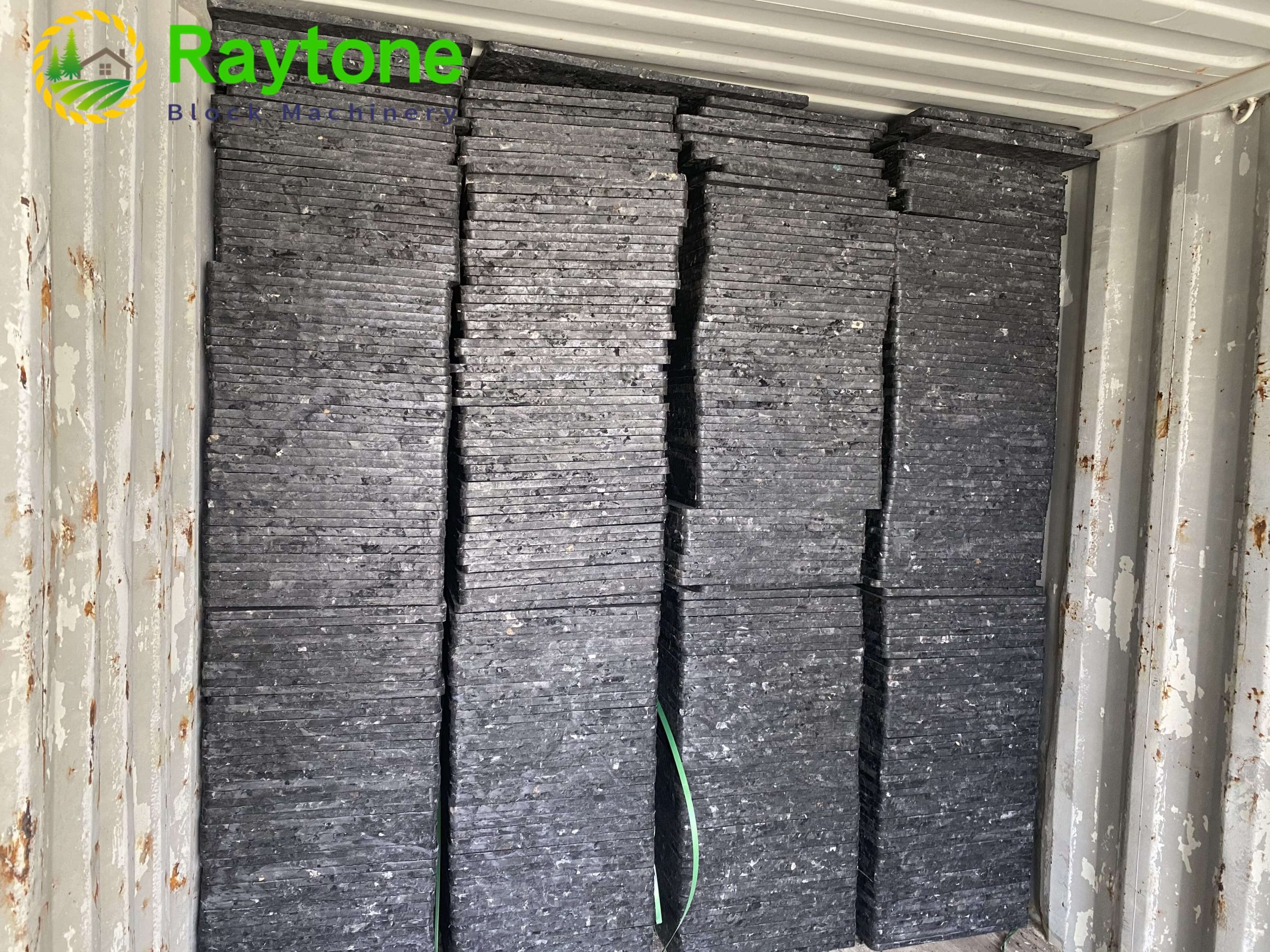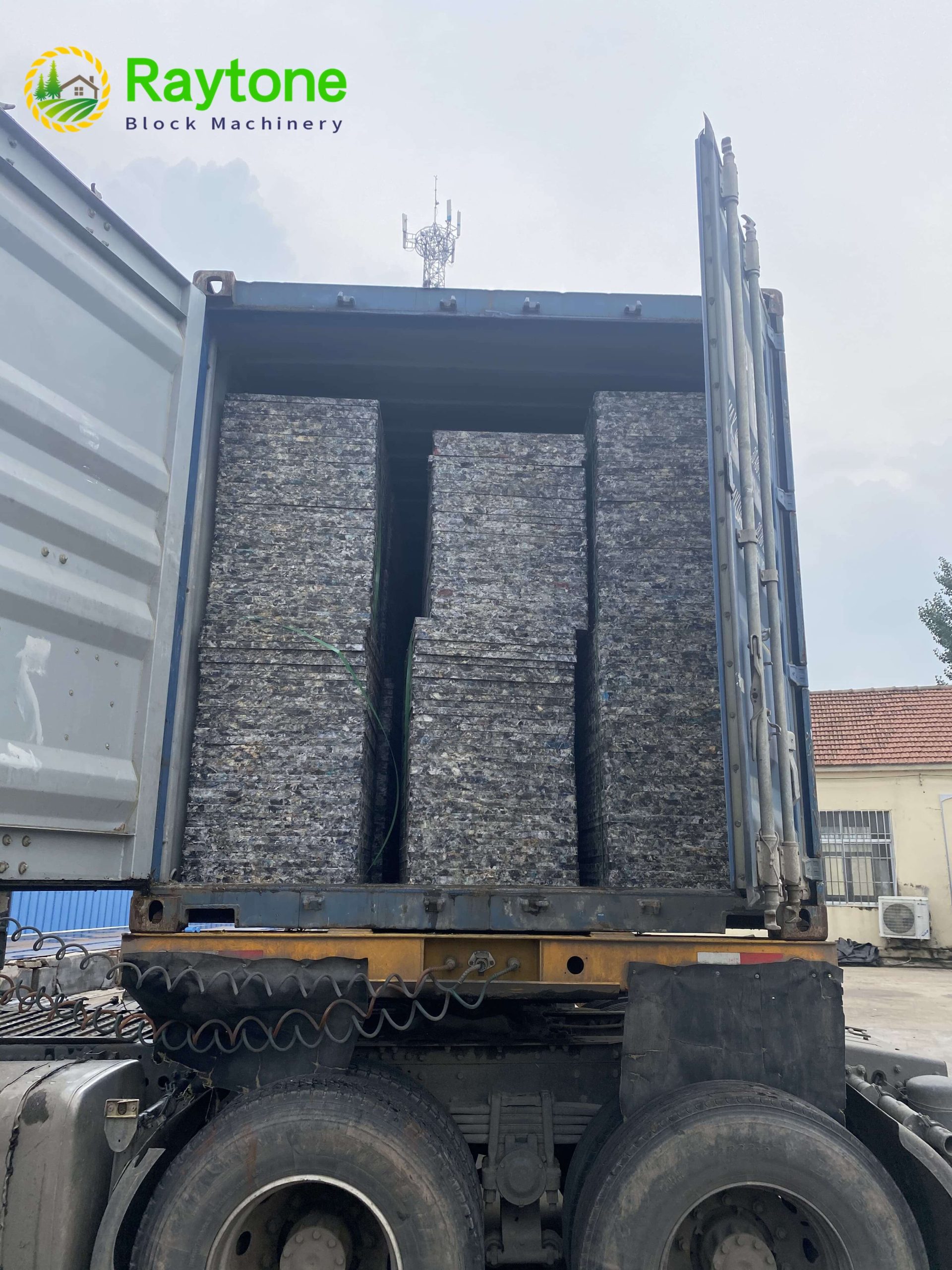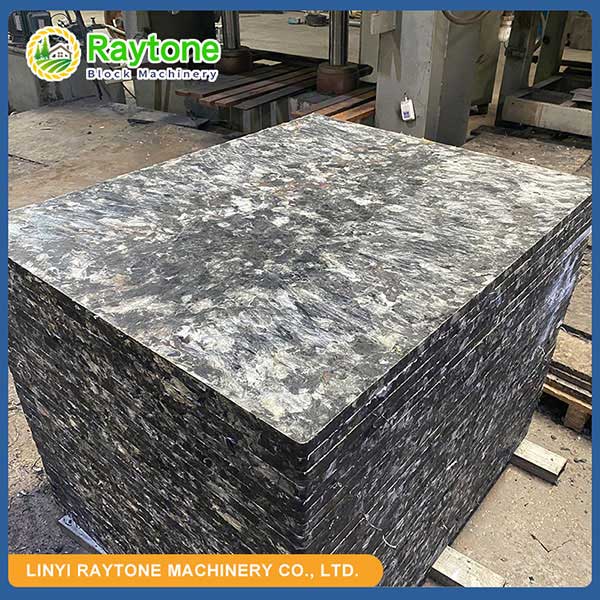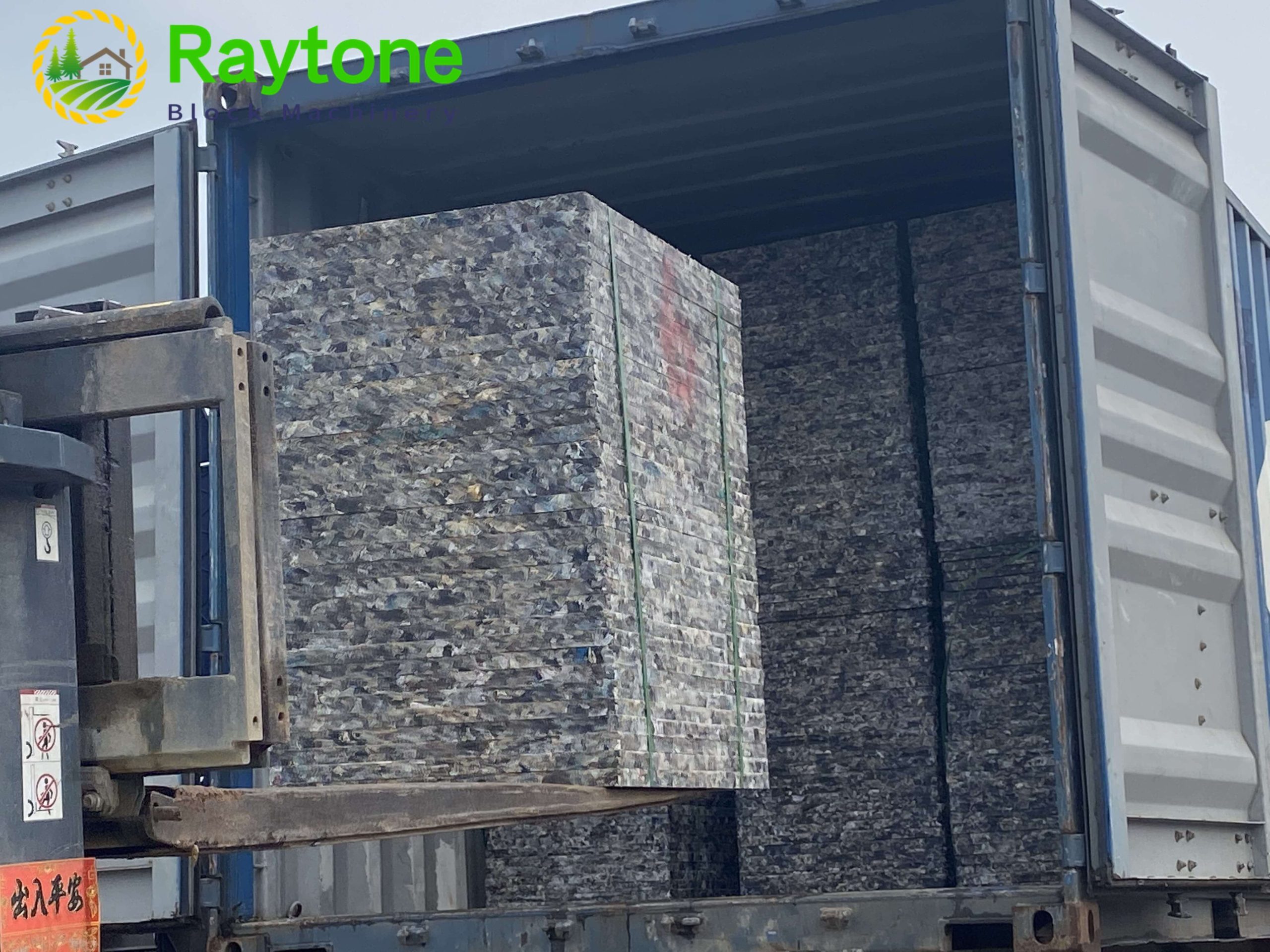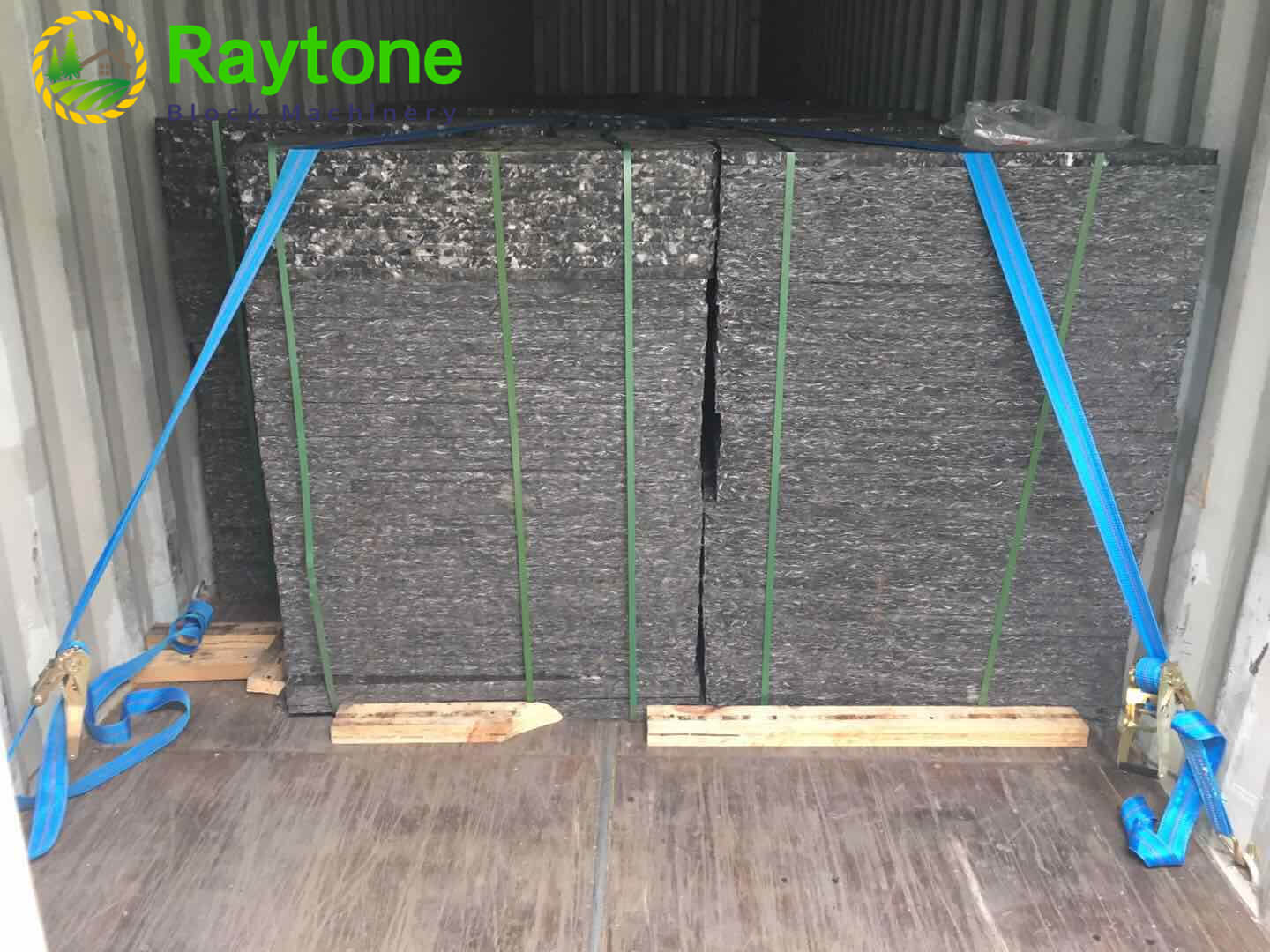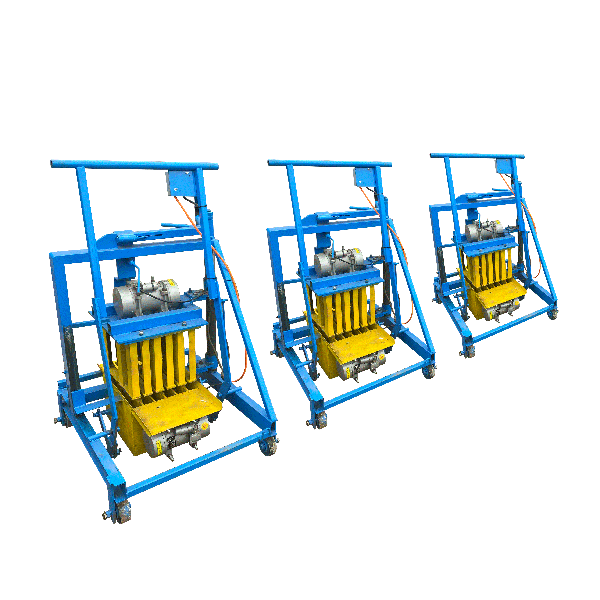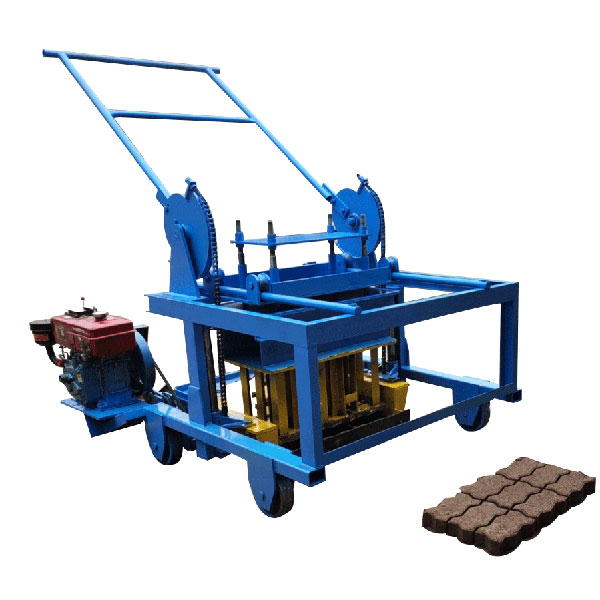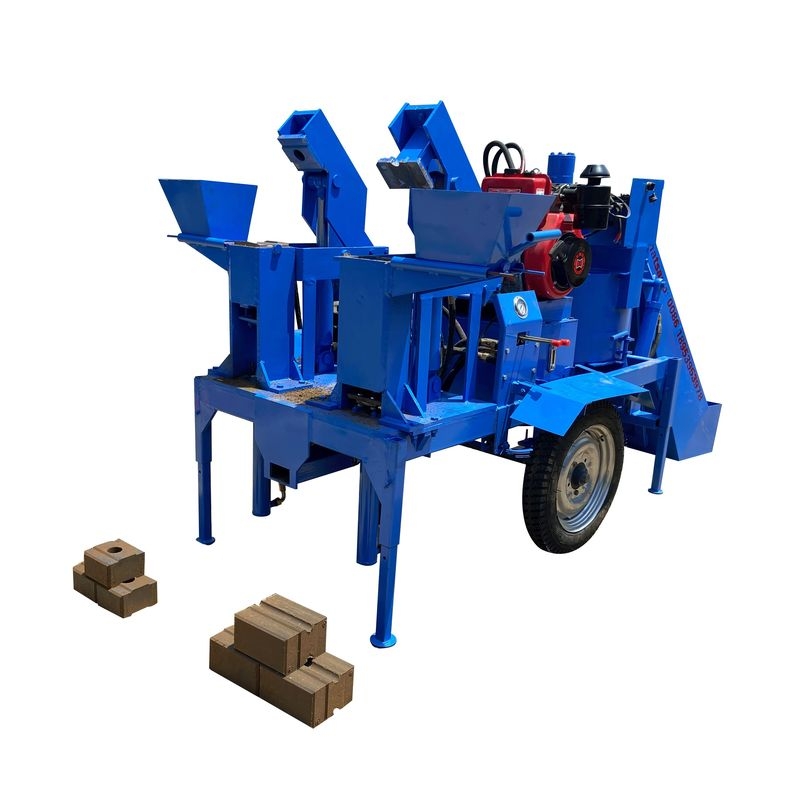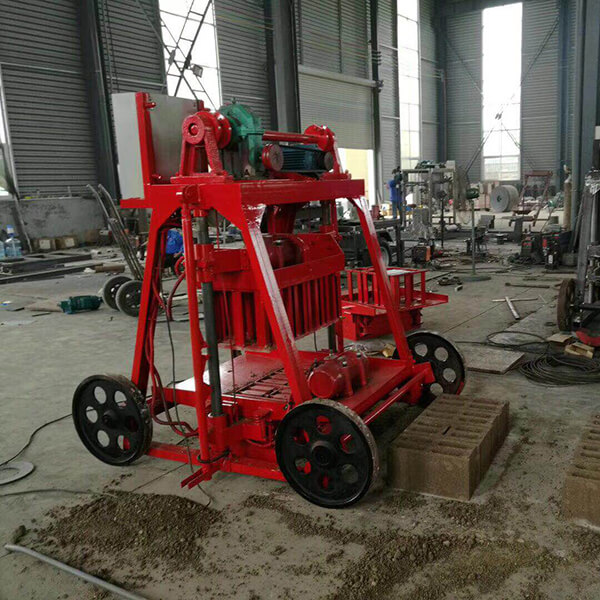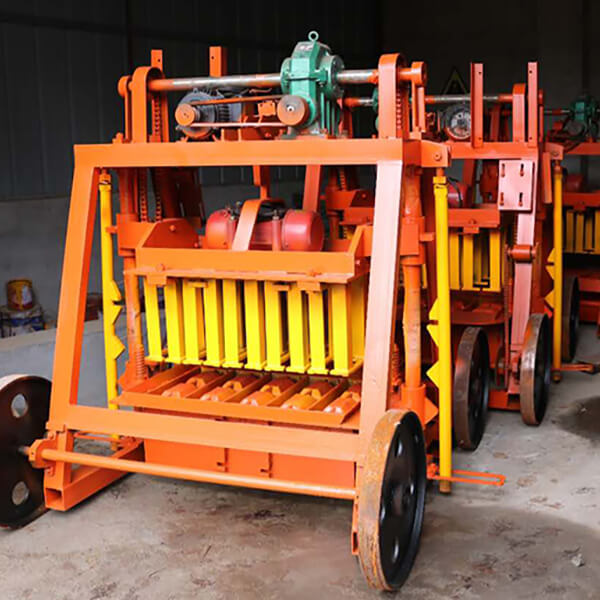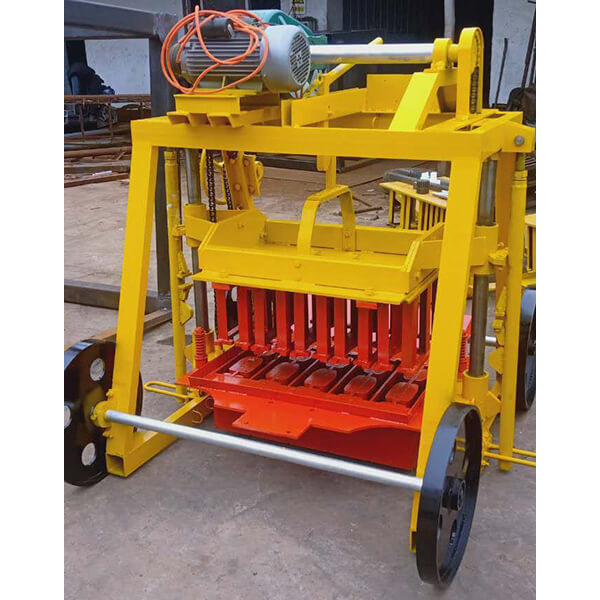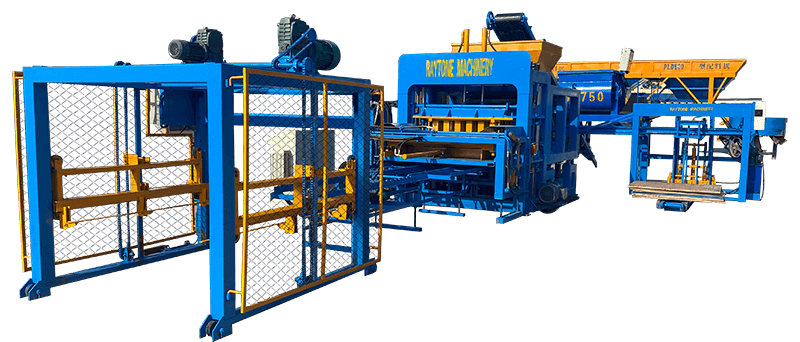Mobile block machines, like the QTM4-45 mobile block machine, have revolutionized small-scale concrete block production. These versatile machines allow for on-site manufacturing, reducing transportation costs and increasing efficiency. However, like any equipment, they can encounter issues. This comprehensive guide explores common problems faced by mobile block machine operators and provides practical solutions to keep your production running smoothly. Whether you’re dealing with inconsistent block quality, machine vibration issues, or mold-related concerns, we’ve got you covered with expert advice and troubleshooting tips.
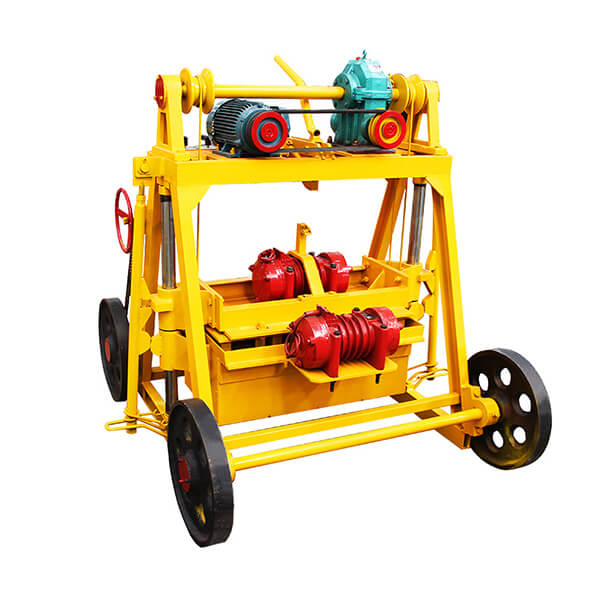
Block Quality Issues
Inconsistent Block Density
One of the most common issues with mobile block machines is producing blocks with inconsistent density. This can result in weak or crumbly blocks that don’t meet quality standards. To address this problem, start by checking your mix design. Ensure you’re using the correct proportions of cement, aggregate, and water. The QTM4-45 mobile block machine, for example, requires a specific mix ratio for optimal results.
If the mix design is correct, examine your vibration settings. Inadequate vibration can lead to poor compaction and inconsistent density. Adjust the vibration frequency and amplitude according to your machine’s specifications. For the QTM4-45, which features dual vibration technology, ensure both vibrators are functioning properly and synchronized.
Lastly, check your material feed system. Uneven material distribution in the mold can cause density variations. Clean and inspect the feed hopper regularly, and consider installing a material spreader if your machine doesn’t already have one.
Surface Defects
Surface defects such as cracks, chips, or rough textures can significantly impact the quality and marketability of your blocks. These issues often stem from problems with the mold or the demolding process. Inspect your molds regularly for wear, damage, or misalignment. Clean them thoroughly after each use and apply mold release agent consistently to prevent sticking.
If you’re using a QTM4-45 or similar mobile block machine, pay special attention to the mold’s ejection mechanism. Improper ejection can cause blocks to stick or break. Adjust the ejection force and timing as needed, and ensure all moving parts are well-lubricated.
Another factor to consider is the curing process. Blocks that dry too quickly can develop surface cracks. Implement proper curing techniques, such as covering freshly made blocks with plastic sheets or using a curing compound to maintain optimal moisture levels.
Dimensional Accuracy
Producing blocks with consistent dimensions is crucial for construction projects. If you’re noticing variations in block size, first check your mold for wear or damage. Even slight deformations can affect block dimensions. Replace worn molds promptly to maintain accuracy.
Next, examine your machine’s compression settings. Insufficient compression can result in blocks that are too tall or have rounded edges. Adjust the compression force according to your material mix and desired block specifications. For mobile block machines like the QTM4-45, consult the manufacturer’s guidelines for optimal compression settings.
Finally, ensure your raw materials are consistent. Variations in aggregate size or moisture content can affect block dimensions. Implement strict quality control measures for your input materials to maintain dimensional accuracy in your finished products.
Machine Performance Issues
Vibration Problems
Effective vibration is crucial for producing high-quality blocks with mobile block machines. If you’re experiencing vibration-related issues, start by checking the vibrator motors. Ensure they’re securely mounted and properly aligned. Loose or misaligned vibrators can cause uneven compaction and potentially damage your machine.
For machines like the QTM4-45 that use dual vibration technology, synchronization is key. Verify that both vibrators are operating at the same frequency and amplitude. Asynchronous vibration can lead to poor block quality and increased wear on machine components.
Regular maintenance of vibration components is essential. Check and replace worn bearings, inspect electrical connections, and clean vibrator housings to prevent dust and debris accumulation. Proper lubrication of moving parts can also help maintain optimal vibration performance and extend equipment life.
Hydraulic System Failures
Many mobile block machines, including more advanced models than the QTM4-45, rely on hydraulic systems for various functions. Hydraulic issues can cause significant downtime and affect block quality. Regularly inspect hydraulic hoses, fittings, and seals for leaks or damage. Replace worn components promptly to prevent system failures.
Contaminated hydraulic fluid is a common cause of system problems. Implement a regular fluid testing and replacement schedule. Use only the hydraulic fluid recommended by your machine manufacturer, and ensure proper filtration to remove contaminants.
If you’re experiencing erratic hydraulic performance, check the system pressure. Low pressure can result in weak compression or slow cycle times. Consult your machine’s manual for proper pressure settings and adjustment procedures. Remember, hydraulic system maintenance often requires specialized knowledge, so don’t hesitate to seek professional assistance for complex issues.
Electrical Malfunctions
Electrical problems can bring your block production to a halt. For mobile block machines with electric motors, like the QTM4-45, start by checking all electrical connections for tightness and signs of corrosion. Loose or corroded connections can cause intermittent operation or complete failure.
Inspect motor windings for signs of overheating or insulation breakdown. Overloaded or improperly sized motors can lead to frequent tripping of circuit breakers or blown fuses. Ensure your electrical supply matches your machine’s requirements, and consider installing surge protection devices to safeguard sensitive electronics.
For machines with control panels or programmable logic controllers (PLCs), keep them clean and dry. Dust and moisture can cause malfunctions in electronic components. Regularly update software and firmware if applicable, and maintain backup copies of your machine’s programming to quickly recover from control system failures.
Material Handling and Environmental Challenges
Raw Material Inconsistencies
The quality of your blocks depends heavily on the consistency of your raw materials. Variations in aggregate size, moisture content, or cement quality can lead to unpredictable results. Implement strict quality control measures for all incoming materials. Regularly test aggregate gradation and moisture content, and store materials properly to prevent contamination or moisture absorption.
For mobile block machines like the QTM4-45, which are often used in varying locations, adapting to local materials can be challenging. Develop a system for quickly assessing and adjusting your mix design based on the characteristics of locally sourced materials. Consider investing in simple testing equipment, such as sieves and moisture meters, to maintain consistency across different production sites.
Proper material storage is crucial, especially in mobile operations. Use covered storage bins or tarps to protect aggregates from rain and sun exposure. For cement, ensure airtight storage to prevent moisture absorption and clumping. Consistent raw materials will significantly improve your block quality and reduce the need for frequent machine adjustments.
Weather and Environmental Factors
Mobile block machines are often exposed to varying weather conditions, which can affect both machine performance and block curing. In hot weather, rapid moisture loss can lead to weak or cracked blocks. Implement shading or misting systems to control curing conditions, and adjust your water content slightly to compensate for increased evaporation.
Cold weather presents its own challenges, potentially slowing the curing process or even freezing freshly made blocks. When operating in cold conditions, consider using heated water in your mix and protecting freshly made blocks with insulated covers. Some operators working with machines like the QTM4-45 in cold climates have successfully used heated enclosures to maintain optimal curing temperatures.
Dust control is another important environmental factor, especially in dry climates. Excessive dust can contaminate your mix and interfere with machine operations. Implement dust suppression measures, such as water spraying or wind barriers, to maintain a clean working environment and protect your equipment.
Transportation and Setup Challenges
The mobility of machines like the QTM4-45 is a significant advantage, but it also presents unique challenges. Frequent transportation can lead to misalignment of components or loosening of fasteners. Develop a comprehensive pre-operation checklist to ensure your machine is properly set up and aligned at each new location.
Uneven ground can affect block quality and machine performance. Always set up your mobile block machine on a flat, stable surface. If necessary, use leveling jacks or prepare a temporary concrete pad to ensure proper machine alignment. Pay special attention to the mold table’s level, as even slight tilts can result in blocks with uneven heights or densities.
Finally, consider the logistics of material supply when setting up at a new location. Ensure adequate space for material storage and efficient material flow to your machine. Proper setup planning can significantly improve your production efficiency and block quality, making the most of your mobile block machine’s capabilities.
Conclusion
Mastering the operation and maintenance of mobile block machines like the QTM4-45 is key to successful small-scale block production. By addressing common issues such as block quality inconsistencies, machine performance problems, and environmental challenges, you can maximize your productivity and product quality. Regular maintenance, careful material management, and adaptability to different operating conditions will help you overcome the most common mobile block machine problems. Remember, continuous learning and proactive problem-solving are essential in the ever-evolving field of concrete block production.
Contact Us
At Raytone Machinery, we’re committed to your success in block production. Our range of mobile block machines, including the versatile QTM4-45 mobile block machine, are designed for reliability and performance in various conditions. For expert advice on optimizing your block production or to explore our range of block-making solutions, contact us at hazel@raytonechina.com. Let us help you build a more efficient and profitable block-making operation.
References
- Johnson, R. (2022). “Troubleshooting Guide for Mobile Concrete Block Machines.” Construction Equipment Magazine, 45(3), 78-85.
- Smith, A., & Brown, T. (2021). “Environmental Factors Affecting On-Site Block Production.” Journal of Construction Materials, 16(2), 205-220.
- Martinez, C. (2023). “Optimizing Raw Material Management for Mobile Block Production.” Concrete International, 38(4), 52-59.
- Wilson, D. (2022). “Maintenance Best Practices for Mobile Block Making Equipment.” Plant Engineering, 76(5), 32-38.
- Lee, S., & Park, J. (2021). “Quality Control Strategies in Small-Scale Concrete Block Manufacturing.” International Journal of Construction Management, 21(3), 289-304.
- Thompson, E. (2023). “Advances in Mobile Block Machine Technology: A Comparative Study.” Construction and Building Materials, 345, 128799.


